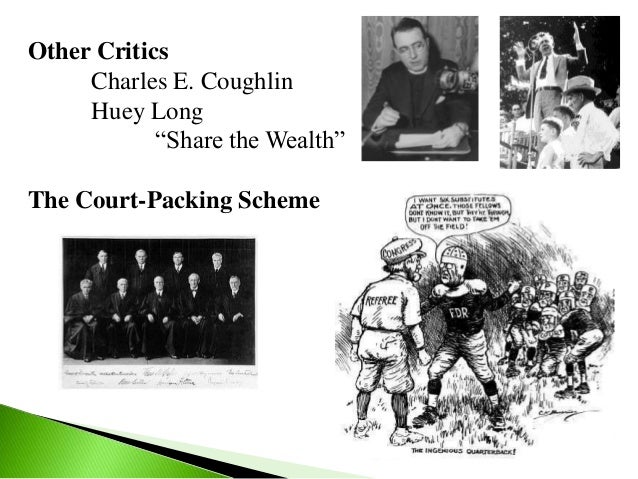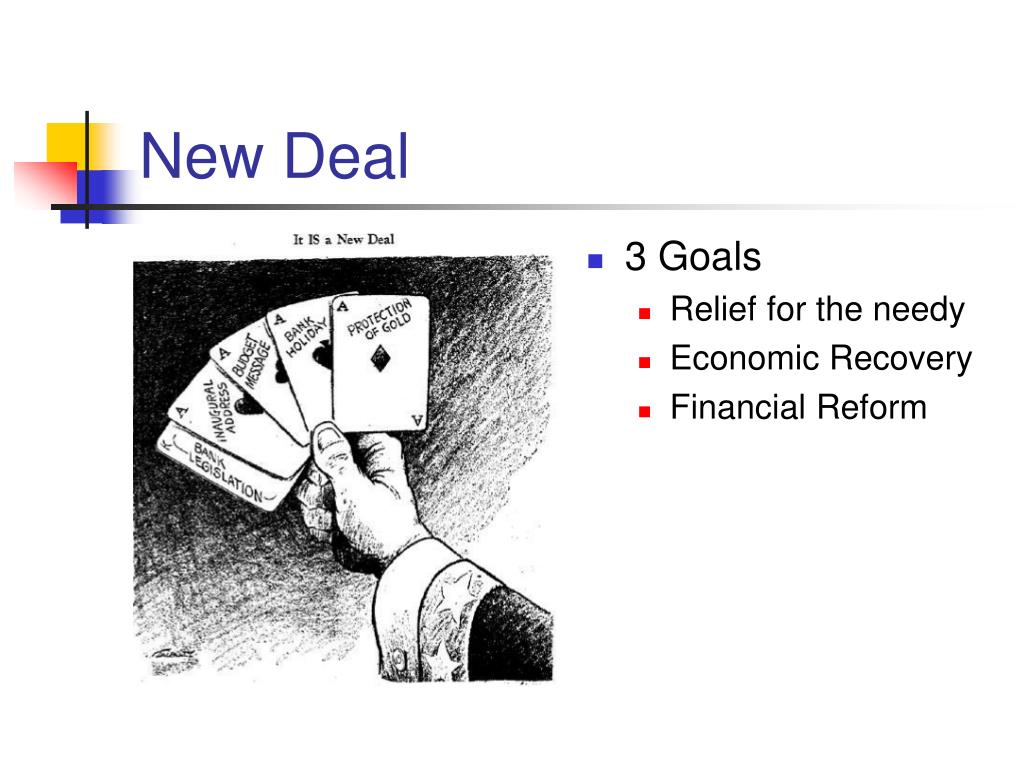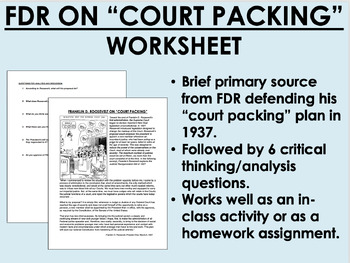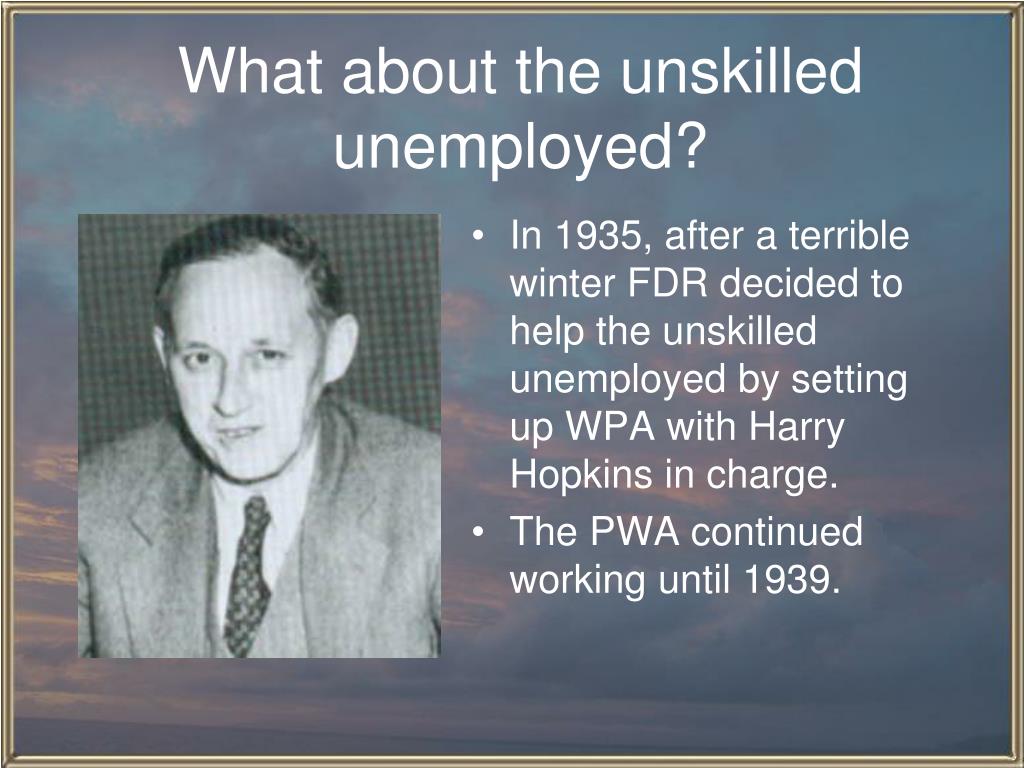Ssush18: New Dealus History
Students and teachers bring the past to life with regular videos related to history, geography, government, and politics. Lion Nation History is an expansion. Achievements of the New Deal. Job Creation – By 1933, one in four Americans were jobless. Through the New Deal, a couple of government agencies were created that gave work to thousands of people and made the government the largest employer in the U.S. Work meant regular income, which was very important for struggling families. New Deal- US History. Buying on the margin. Pay for 1/10 of the stock, rest payed by stock broker. When stocks are worth more than the company. Stock market crash 1929. Tax on imported goods. Buying on the margin.
Links to web sites relating to the New Deal era useful for research on New Deal agriculture, labor, and arts programs. See New Deal Bibliography for a selection of related materials in ALIC.
Contents
 NARA Resources
NARA Resources'Archival Vintages for The Grapes of Wrath'
Daniel Nealand's Prologue article shows how John Steinbeck used WPA documentary source material provided by Thomas E. Collins when writing The Grapes of Wrath.
'Black Domestics During the Depression: Workers, Organizers, Social Commentators'
In this Prologue article, Phyllis Palmer describes how records of New Deal agencies bring women's lives, livelihoods, and struggles to light.

'Dangers in the Civilian Conservation Corps: Accident Reports, 1933–1942'
Kenneth Heger's Prologue article about the genealogical value of CCC accident reports.
'Family Experiences and New Deal Relief: The Correspondence Files of the Federal Emergency Relief Administration, 1933–1936'
Prologue article by John P. Deeben demonstrates how these records document personal experiences during the Great Depression.
FDR, the WPA, and the New Deal Arts Programs
The story of President Franklin Roosevelt, the Works Progress Administration, and New Deal Arts Programs told with photographs and images of artworks.

Interactive Periodic Table of the New Deal
The Franklin D. Roosevelt Presidential Library has devised this interactive chart based on the periodic table of elements. 'The table presents major programs, players and events surrounding the New Deal and includes brief definitions or descriptions.'
'Into the Woods: The First Year of the Civilian Conservation Corps'
Joseph M. Speakman's Prologue article about the first of Franklin D. Roosevelt's major New Deal programs.
A New Deal for the Arts
'This online exhibit is adapted from A New Deal for the Arts, an exhibit that was on display from March 28, 1997 through January 11, 1998, in the Rotunda of the National Archives Building in Washington, DC.'
The New Deal in Action
The Franklin D. Roosevelt Presidential Library provides this list of projects built by New Deal agencies. The list, which is not comprehensive, can be searched or browsed. 'The purpose of this list is to demonstrate how the New Deal helped to shape this country by providing specific examples of infrastructure and cultural projects created by the Alphabet Agencies in communities across the nation.' The public is invited to submit projects to the list.
'The WPA Census Soundexing Projects'
In this Prologue article, Claire Prechtel-Kluskens describes the WPA's projects to create indexes to census schedules, which became a tremendous help to genealogists.
The 1930s
This collection from the PBS series American Experience includes several films that can be viewed online, articles, photographs, and a teacher’s guide.
Address on Agricultural Adjustment Act, 1935
PBS presents a transcript of President Roosevelt's address to the nation describing the ways in which conditions had improved for farmers.
Agricultural Adjustment Act
A discussion about the effects of the Agricultural Adjustment Act on farmers in Arkansas. Includes a bibliography.
The American Guide Series
The U.S. Senate provides an annotated listing of the 48 travel guides produced by the Federal Writers Project.
American Life Histories: Manuscripts from the Federal Writers’ Project
The Library of Congress offers a collection of manuscripts representing the work of over 300 writers. Interviews with people in 24 states are presented in various formats such as narrative, dialogue, and case history. The project resulted in about 2900 documents describing life in America during the Depression.

Born in Slavery: Slave Narratives from the Federal Writers' Project, 1936-1938
This Library of Congress website 'contains more than 2,300 first-person accounts of slavery and 500 black-and-white photographs of former slaves' originally compiled by the Federal Writers' Project of the Works Progress Administration (WPA).
CCC: A New Deal to Rebuild a Nation
A five part lesson plan from the National Park Service.
Census of Old Buildings in Connecticut
'Often called 'The WPA House Survey', the Census of Old Buildings in Connecticut, 1934-1937 was a Works Progress Administration (W.P.A.) project. Survey forms provide descriptions of nearly 5,000 buildings.' Photographs of the old buildings are available on this site, arranged by town and type of building.
Civilian Conservation Corps
A collection of CCC photos from the Oregon State University Special Collections & Archives
Civilian Conservation Corps Legacy
Provides information about the history of the CCC as well as aids for researchers, including a bibliography of materials related to the CCC and a list of CCC camps. This organization represents CCC alumni.
The Civilian Conservation Corps, What It Is and What It Does
Digitized version of the 1940 booklet from the Broward County Library's Digital Collections.
Ssush18 New Daedalus History Museum
Farm Security Administration/Office of War Information Black-and-White Negatives
'The photographs in the Farm Security Administration - Office of War Information Photograph Collection form an extensive pictorial record of American life between 1935 and 1944.' This collection from the Library of Congress contains images from such photographers as Dorothea Lange, Walker Evans, Ben Shahn, and more.
Federal Theatre Project
George Mason University Libraries present this collection of 'nearly one thousand different 35mm slides taken from original posters.' In addition to the gallery of digitized images, the site includes a map, a timeline, and an alphabetical list of posters.
Index of American Design
'The Index of American Design is a compilation of nearly 18,000 watercolor renderings that depict traditional American arts and crafts made before about 1890. The renderings were created under the auspices of the Index of American Design project, one of several Fine Arts Divisions in the Federal Art Project (FAP) of the Works Progress Administration (WPA), which operated from 1935 to 1942.'
Indiana Farm Security Administration Photographs
The Indiana University-Purdue University Indianapolis Library offers this website which includes FSA photographs, background information, and IFSAP Study Guide and Curriculum Materials.
James F Justin Civilian Conservation Corps Museum
This online museum contains photographs, documents, anecdotes, and more.
National New Deal Preservation Association
A non-profit organization whose goal is to raise awareness about the legacy of New Deal programs and encourage the preservation of materials related to these projects. The association maintains a web site with information about the organization, its activities, and various New Deal topics, as well as links to other web resources.
The New Deal
This chapter from Federal Rural Development Policy in the Twentieth Century describes the effects of New Deal policies and programs on agriculture.
New Deal Achievements
The Franklin D. Roosevelt American Heritage Center presents a list of President Roosevelt's New Deal initiatives along with descriptions and outcomes.
Ssush18 New Daedalus History Timeline
New Deal Artwork: GSA's Inventory Project
A description of the General Services Administration effort to catalog 'movable New Deal artworks housed in non-federal repositories. In collaboration with repositories, GSA aims to provide a centralized resource of information about New Deal artwork that is readily available to museum professionals, the academic community, art conservators and the public at large.'

New Deal Collections
Materials available on this website from the Archives of American Art include finding aids and oral histories of New Deal artists.
Ssush18: New Dealus History
New Deal Era and Its Origins
This web site, sponsored by H-Net Humanities and Social Sciences OnLine, provides a forum for research and teaching the history of the United States from 1918 to 1945.
New Deal Legislation
A list of statutes that established New Deal programs, compiled by the Gilder Lehrman Institute of American History.
New Deal Network
Features lesson plans and education tools related to the New Deal, on-line photographs and documents, and more in-depth information on a variety of featured topics.
New Deal Programs: Selected Library of Congress Resources
This site 'was created to serve as a starting point for research using Library of Congress collections of New Deal program materials.'
President Franklin Delano Roosevelt and the New Deal, 1933-1945
Teacher resources from the Library of Congress.
WPA Land use survey maps for the City of Los Angeles, 1933-1939
These 345 hand-colored land use survey maps are the result of a WPA survey from December 18, 1933 to May 8, 1939 for the city of Los Angeles, Department of City Planning. Provided by the USC Digital Library.
WPA Murals
This website provides listings by state of murals created by artists of the Works Progress Administration. Information for each mural includes the location, the artist, title, date, and medium. Some listings include an image of the mural.
Ssush18 New Daedalus History Encyclopedia
WPA Posters
A Library of Congress collection consisting of 907 original posters produced from 1936-1943 by various agencies of the WPA.
WPA/TVA Archaeological Photographs
The University of Tennessee Frank H. McClung Museum and the Libraries provide this database of 'information describing photographs taken by Works Progress Administration (WPA) workers of archaeological projects conducted in preparation for Tennessee Valley Authority (TVA) dam construction in the 1930s.' The database can be either searched or browsed.
The New Deal was a comprehensive series of U.S. government programs implemented by President Franklin D. Roosevelt's administration to aid Americans affected by the Great Depression. The First New Deal refers specifically to the initial group of programs and reforms Roosevelt introduced in 1933, just after taking office. The Second New Deal describes programs added from 1934 to 1936 to aid or replace the first initiatives.
The Great Depression was precipitated by a stock market collapse in 1929. The catastrophic destabilization of the unregulated banking and financial markets threatened or destroyed national economies worldwide. Roosevelt’s government took drastic measures to correct the problem, closing all banks and only allowing them to open once they had proved their solvency. The plan worked, stabilizing the U.S. economy. The creation of the Federal Deposit Insurance Corporation, or FDIC, was part of the First New Deal initiative.
Ssush18 New Daedalus History Books
Roosevelt’s radical approaches to banking and unemployment caused opponents to label him a Socialist, but millions of unemployed Americans found work as a result of First New Deal programs. Some programs, such as the Civil Works Administration and the Public Works Administration, hired workers directly rather than waiting for employer incentives to take effect. The Civilian Conservation Corps hired the unemployed to clean and maintain national forests and parklands. Some of the public works created by these programs, such as park trails and murals, still exist in the 21st century.
The First New Deal took a similar approach to the problems of agriculture and industry in the 1930s. These programs found uneven success; the Dust Bowl crisis was overcome, but efforts at regulating farming and industry met with resistance from government bodies and corporations. The Tennessee Valley Authority, or TVA, combined work relief and industry, creating electric dams and infrastructure in the hard-hit Tennessee River valley.
The New Deal was controversial in Roosevelt’s time and after. The Supreme Court declared many of the programs unconstitutional. Opponents found the New Deal agenda of government regulation and employment unnervingly similar to programs instituted by Communist and Socialist governments of the time. Political alliances forged in support of or opposition to the New Deal influenced U.S. policy for decades afterward.
Although the New Deal made significant gains, the Great Depression did not officially end until the U.S. entered World War II in 1941. Many New Deal programs were repealed during the war as war industry made them redundant. Other programs instituted by the First New Deal remained in effect in the early 21st century. These include the Securities and Exchange Commission, the TVA, the FDIC and Social Security.
